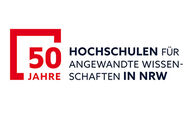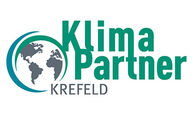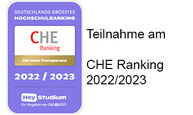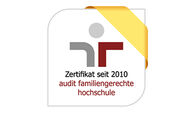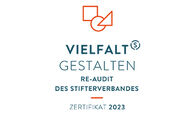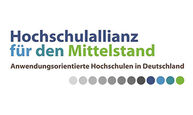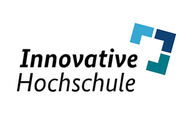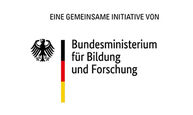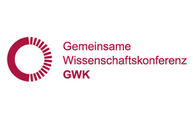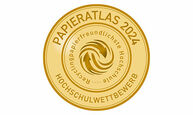The mouths of railroad tunnels are safety-critical locations. If a human enters the tunnel entrance, the risk of an accident or the restriction of traffic increases significantly. With the TuNuKi project, researchers from the Faculty of Electrical Engineering and Computer Science at the Hochschule Niederrhein want to contribute to improved tunnel monitoring using artificial intelligence.
One partner in the project is DB Station&Service AG. Deutsche Bahn's rail network includes more than 700 tunnels. This safety-critical infrastructure must also be monitored with regard to terrorism prevention. Monitoring the tunnel entrances with cameras that are observed by people is not possible for reasons of expense.
"So far, there are too many false alarms in the automated monitoring systems," says Prof. Dr. Regina Pohle-Fröhlich. The professor of computer science and graphic data processing conducts research in the field of pattern recognition at the university's iPattern Institute. A large proportion of alarms are caused by intruding animals or environmental influences. This results in a lot of closure time in the tunnels, as the route must be walked after each alarm.
Tunnel mouths present many challenges. "Classic video surveillance systems and automated signal evaluation reach their limits due to highly variable light conditions, such as darkness and sudden illumination by passing trains. Sensitivity to weather conditions, especially rain and snow in outdoor areas, also poses problems," says Prof. Dr. Pohle-Fröhlich. Another problem: "Image analysis requires processing a large amount of redundant information, which increases computational requirements and slows down response times."
To arrive at better image recognitions, the project team wants to use a different technology than has been used in cameras so far. "Dynamic vision sensors have better contrast and temporal resolution. This makes it possible to detect the smallest objects and take into account the weather conditions at the cameras' respective locations," Pohle-Fröhlich explains. Another advantage is that the technology only analyzes changes in the guarded zone, resulting in significantly fewer images that then have to be processed.
In the project, the professor wants to develop a customized detection algorithm that subsequently evaluates the images from the cameras accurately. "The goal is to use artificial intelligence methods to enable reliable classification between people and other moving objects in the tunnel entrance area," she says.
The TuNuKi project is being funded by the German Federal Ministry of Digital Affairs and Transport with around 100,000 euros as part of the mFUND innovation initiative. Other project partners include the German Federal Police and Masasana GmbH.






